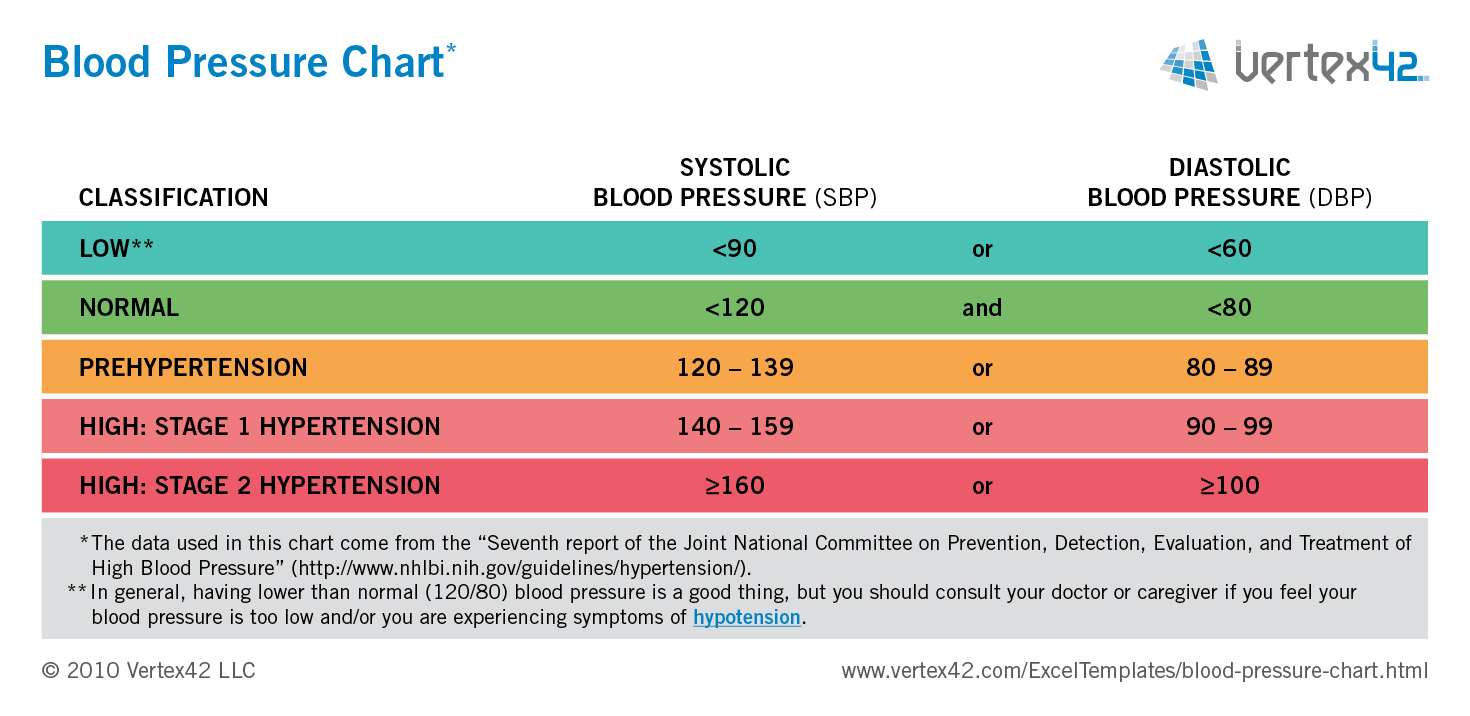

Treatment: Regular exercise and lifestyle modifications can help in reducing elevated blood pressure. The person should immediately contact a general physician if the symptoms such as chest pain, shortness of breath, weakness, numbness, back pain, difficulty in speaking, change in vision, etc. This is an emergency situation and requires immediate medical intervention. Hypertensive crisis (stage three and four): In a hypertensive crisis, the blood pressure abruptly increases above 180/120 mmHg. Usually, the doctors prescribe both medications along with lifestyle modifications. Stage two hypertension: In this stage, the blood pressure values are continuously in the range of 140/90 mmHg or even beyond that.

Lifestyle modifications to decrease the possibility of stroke and heart ailments. The health experts may prescribe some medicines to lower down the elevated blood pressure or some Stage one hypertension: In stage one the systolic blood pressure is continuously in-between 130-139 mmHg and diastolic pressure is consistently in the range of 80-89 mmHg. Low Normal Blood Pressure: 110/75 mmHg High Blood Pressure (Hypertension)

When the systolic pressure is 120 (☑0) mmHg and diastolic pressure is 80 (±5) mmHg then it is called Normal Blood pressure. A decreased or very low blood pressure is referred to as Hypotension. An elevated or increased blood pressure is called Hypertension. The measured values are written as systolic and diastolic numbers.įor example, if a person has 120/80 mmHg blood pressure, it means his systolic pressure is 120 and diastolic is 80. The second value is the diastolic pressure (low value) which is measured when the heart muscles relax and allow the blood to enter the heart. The first one is the systolic pressure (high value) which is measured when the heart contracts and pumps blood into the arteries. The blood pressure measurement is recorded by two numbers. Blood pressure is measured by an instrument called ‘sphygmomanometer’ in the units of millimeters of mercury (mmHg). When the heart pumps blood into the arteries, it produces blood pressure and it constitutes one of the body’s most vital signs. The force exerted on the walls of arteries by the circulating blood is called Blood Pressure.


 0 kommentar(er)
0 kommentar(er)
